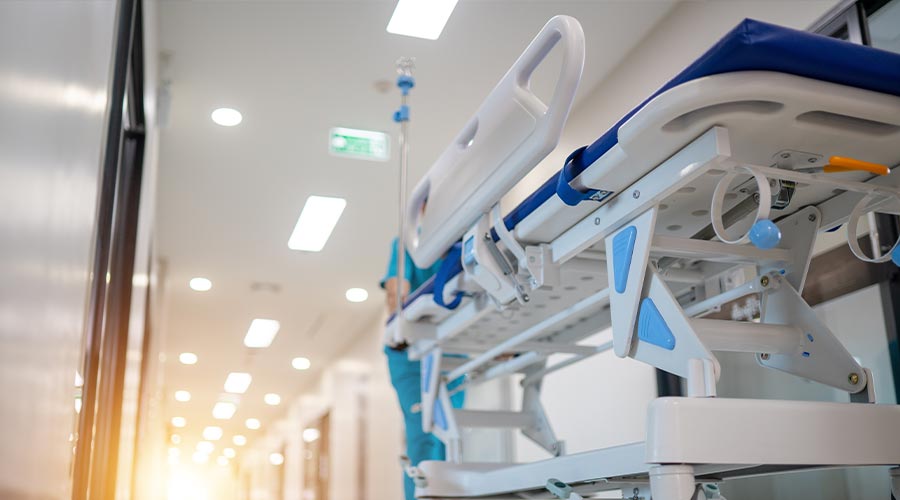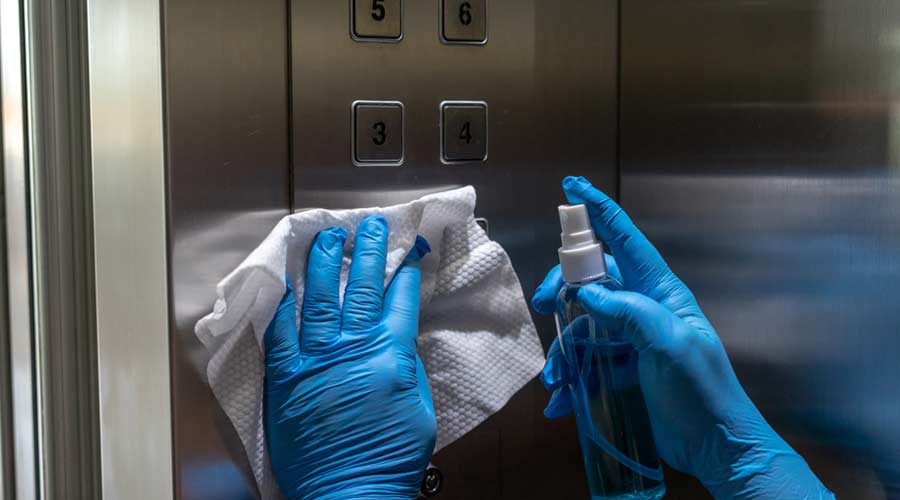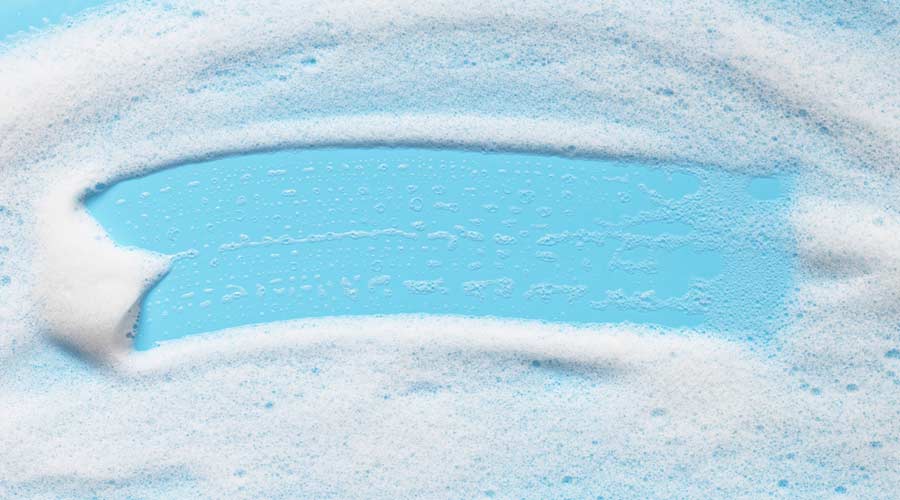
Hospital administrators, medical staff, and the crews responsible for cleaning these facilities loathe Healthcare Associated Infections (HAIs), which 1 in 31 patients sometimes acquire while, or soon after, receiving healthcare, according to the CDC. A variety of different germs cause several different HAIs, including surgical site infections, ventilator-associated pneumonia, catheter-associated urinary tract infections, and central line-associated blood stream infection. HAIs can cause sickness, death, and billions of dollars in medical expenses in the United States every year. They are spread between patients, medical providers, and anyone present at a hospital, most commonly by unclean hands and medical equipment that isn’t properly cleaned. A new experiment out of Australia suggests improving those equipment cleaning methods could go a long way toward improving the situation.
According to a story they shared in The Conversation, University of Newcastle Professor Brett Mitchell and Monash University Professor Allen Cheng worked with a hospital in the eastern Australian state of New South Wales to introduce an improved “package of cleaning measures” in a few of the hospital’s wards. What they mean is that workers trained to specialize in cleaning and disinfecting important medical equipment were deployed as opposed to the common practice, which involves dividing the cleaning among clinical staff.
The cleaning specialists dedicated three hours a day to disinfecting shared medical equipment in each of the wards involved. As they did this work, they received ongoing training and feedback. To provide feedback, experts gained a point of reference by comparing how the cleaning was performed before and after the change in cleaning methods.
More than 5,000 patients received care in the wards during the study, which also examined the intersection of costs and benefits surrounding the specialized work. The results were impressive. Researchers concluded the changed approach improved cleaning thoroughness “from 24 percent to 66 percent.” In clearer terms, HAIs on these wards dropped by about one-third.
“To put this another way, for every 1,000 patients admitted to wards with the cleaning package, we estimated there were 30 fewer infections compared to wards before the cleaning package was introduced,” the researchers say. “This not only benefits patients, but also hospitals and the community, by freeing up resources that can be used to treat other patients.”
The researchers estimate that even after factoring in the costs of labor and cleaning product used, the reduction of infections per 1,000 patients by 30 cases saved about $1.5 million.

 The Down and Dirty on Cleaning in Virus Season
The Down and Dirty on Cleaning in Virus Season How Surfactant Use is Expanding in Commercial Cleaning
How Surfactant Use is Expanding in Commercial Cleaning